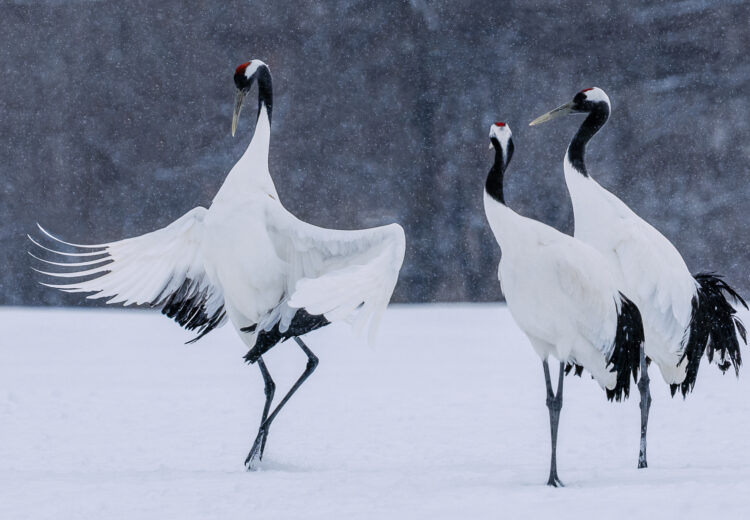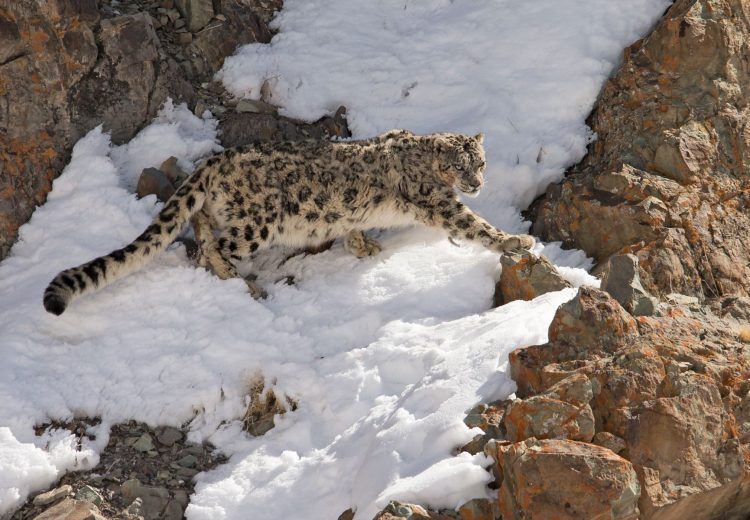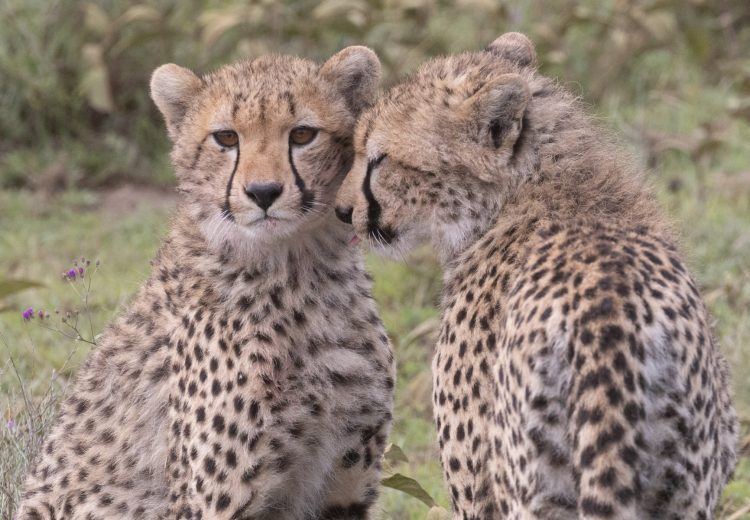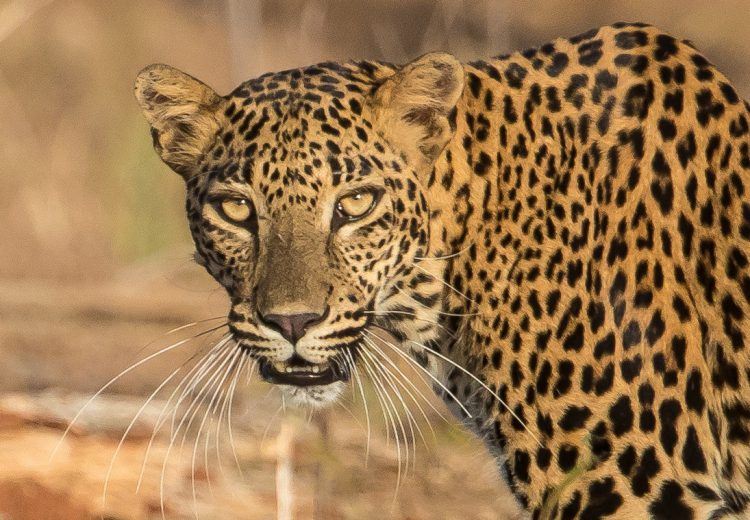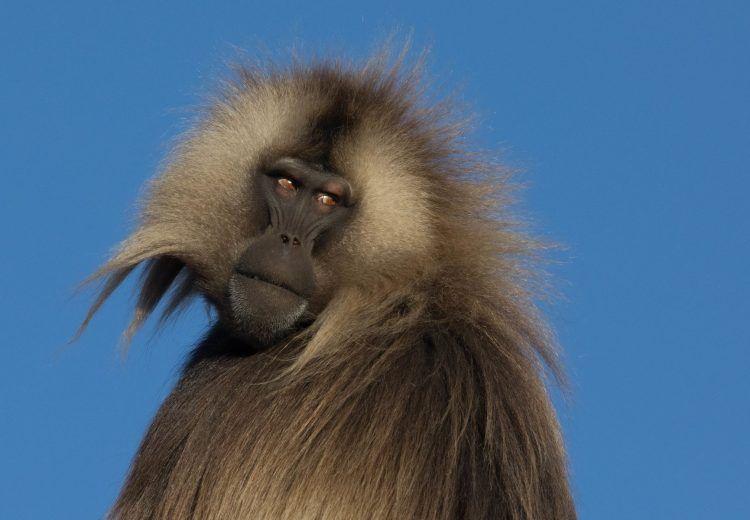Africa
SOUTH AFRICA & BOTSWANA: THE ULTIMATE PHOTOSAFARI – Up Close and Personal encounters with Pangolins, Aardvarks, Meerkats and The Big 5






























































Close-up textures of pangolin scales (Image by Wim Vorster)

Bat-eared Fox resting in front of its burrow at Tswalu (Image by Wim Vorster)

A magical Baobab tree growing in a very unusual place…on a rock on top of a mountain in Mashatu (Image by Wim Vorster)

Early morning mist covers the grassy plain looking east over the wilderness area of the Kruger National Park from Mala Mala (Image by Wim Vorster)

A big male Lion feeding on the recently killed Cape Buffalo carcass on a cool winter evening in Mala Mala (Image by Wim Vorster)

A Flap-necked Chameleon blending in well in it’s bushveld surroundings (Image by Wim Vorster)

A beautiful female Leopard drinking, and making eye contact, at Moddergat, the waterhole where the Photo Mashatu underground hide is located (Image by Wim Vorster)

The Woodland Kingfisher, one of the eight kingfisher species occurring in the South African lowveld at Mala Mala (Image by Wim Vorster)

Black Rhinoceros peaking at us around a bush (Image by Wim Vorster)

Sociable Weavers emerging from their communal nest at sunrise in Tswalu (Image by Wim Vorster)

Large flocks of Red-billed Queleas gather at the remaining water sources in Mashatu to drink and bathe (Image by Wim Vorster)

Portrait of a young Greater Kudu bull licking his lips after having a drink at the waterhole in Mashatu (Image by Wim Vorster)

An African Wild Dog walking away with the only part of an impala carcass left after it fell prey to the dog pack that morning (Image by Wim Vorster)

A Meerkat mother carrying her small pup back to the safety of their burrow in Tswalu (Image by Wim Vorster)

This male Cheetah not only jumped onto the Acacia branch to scan the area for potential predators or prey, but also to urinate on the branch to mark his territory in Mala Mala (Image by Wim Vorster)

Sun setting behind a beautiful Camelthorn tree in the Kalahari (Image by Wim Vorster)

Springbok, one of the desert-adapted antelope in the Kalahari (Image by Wim Vorster)

A beautiful White-fronted Bee-eater perched outside close to their nesting area in the bank of the dry riverbed at Mashatu (Image by Wim Vorster)

Leopards are predominantly nocturnal creatures and often spend their days resting-up in the comfort of the big branches of the impressive Jackalberry trees in Mala Mala (Image by Wim Vorster)

An African Wild Cat heating up in the early morning winter sun of the Kalahari at Tswalu (Image by Wim Vorster)

African Elephant herd crossing the dry river bed in Mashatu at sunrise (Image by Wim Vorster)

An endangered White Rhino bull on the move through the grass plains of Mala Mala with the ever-present Red-billed Oxpeckers in attendance (Image by Wim Vorster)

This young Cheetah successfully hunted and killed an Eland calf in Mashatu (Image by Wim Vorster)

A group of young Chacma Baboons playing in the dust just before sunset at Mashatu (Image by Wim Vorster)

Lioness with her two small cubs keeping an eye on a big male approaching them in Mashatu (Image by Wim Vorster)

A Meyer’s Parrot, with muddy feet, landing on a small branch after having a drink in Mashatu (Image by Wim Vorster)

Impala ram quenching his thirst at one of Mashatu's waterholes with the rest of the herd on the move (Image by Wim Vorster)

White-browed Sparrow-Weaver emerging from its nest shortly after sunrise in Tswalu (Image by Wim Vorster)

Who doesn't love Meerkats? Three meerkats heating their bellies in the early morning winter sun at Tswalu (Image by Wim Vorster)

A Cape Porcupine's body is covered with very sharp quills, providing it with protection against an attack by nocturnal predators of the African night (Image by Wim Vorster)

This is a fantastic example of the successful breeding strategy of brood parasites - a Burchell’s Starling attending to a Great-Spotted cuckoo chick in Mala Mala (Image by Wim Vorster)

Female Leopard resting on a big dead tree, yawning before getting active just after sunset at Mashatu (Image by Wim Vorster)

The silhouette of a Blue Wildebeest at sunrise in South Africa (Image by Wim Vorster)

A Meerkat mother with her two sub-adult pups basking in the last bit of sunshine before heading down into the safety of their burrow for the night at Tswalu (Image by Wim Vorster)

Female Cheetah with her four small cubs in Mashatu (Image by Wim Vorster)

A herd of African Elephants crossing the Sand River of Mala Mala in search of greener pastures (Image by Wim Vorster)

Young Lion cub seeking some affection from it’s mother in Mala Mala (Image by Wim Vorster)

Rain falling on the Koranna mountains in the eastern part of Tswalu while the sun is setting in the west (Image by Wim Vorster)

Two of the adult female Spotted Hyena clan members attending to their cubs outside their communal den (Image by Wim Vorster)

A Slender Mongoose keeps a watchful eye on the treetops and hovering flies in Mashatu (Image by Wim Vorster)

An adult Lioness resting on the soft sand of the Sand River in Mala Mala (Image by Wim Vorster)

A female Leopard keeping an eye on a herd of impala foraging in the distance at Mala Mala (Image by Wim Vorster)

Meerkat family basking in the early morning winter sun (Image by Wim Vorster)

A herd of Blue Wildebeest gathering for safety before the nocturnal predators start to prowl at Mashatu (Image by Wim Vorster)

Baby Chacma Baboons travel in style in Mashatu, often riding on their mothers' backs (Image by Wim Vorster)

Aardvark foraging for ants and termites in the late afternoon sun at Tswalu (Image by Wim Vorster)

A territorial Hippopotamus bull putting up a big performance when we approached his waterhole in Mala Mala (Image by Wim Vorster)

A flock of Helmeted Guineafowl gathering around a Mashatu waterhole for an early morning drink with an Eland passing by (Image by Wim Vorster)

The textures of an African Elephant (Image by Wim Vorster)

A playful African Elephant calf enjoying the water and mud as he cools down on a hot winter day in Mashatu (Image by Wim Vorster)

The long and sticky tongue of an endangered Ground Pangolin in Tswalu (Image by Wim Vorster)

The Southern Oryx or Gemsbok, one of the classic Kalahari antelopes, has adapted to survive in extreme temperatures and without water (Image by Wim Vorster)

African Elephant calves having fun on the soft river sand on the banks of the Sand River in Mala Mala (Image by Wim Vorster)

Honey Badgers are renowned for having a bad attitude (Image by Wim Vorster)

Monitor lizards are good tree climbers and often make use of the holes in big Marula trees to hibernate through the cold winter months (Image by Wim Vorster)

An African Wild og on the move in Mala Mala, patrolling all along the Sand River for any potential prey to hunt down (Image by Wim Vorster)

An opportunistic female Leopard successfully hunting catfish in a drying up waterhole at Mala Mala (Image by Wim Vorster)

A Lioness showing some aggression towards the other pride members at the remains of their zebra kill in Mashatu (Image by Wim Vorster)

A Meerkat foraging for grubs in the sands of the Kalahari at sunset (Image by Wim Vorster)

Aardvark foraging for termites in the soft Kalahari sand of Tswalu (Image by Wim Vorster)
SOUTH AFRICA & BOTSWANA: THE ULTIMATE PHOTOSAFARI WITH WILD IMAGES
There are few places more beguiling for wildlife photography than southern Africa. This celebrated region is renowned for some of the best “Big 5” viewing in Africa. These famous five—Lion, Leopard, Rhinoceros, African Elephant and African (or Cape) Buffalo—were once favourite hunting targets, and while many were hunted nearly to extinction, some reserves have made inspiring strides in bringing them back and making them fantastic photographic subjects.
Offering more than just the regular safari wildlife photography subjects, this tour, and its extension, takes you to places where you can photograph highly desired species including African Wild Dog, Aardvark, Ground Pangolins and Meerkats!
Mashatu
Located in the Northern Tuli Game Reserve of Botswana, which is situated between the Tuli Safari Area, a national park in Zimbabwe and the Mapungubwe National Park (a World Heritage Site) in South Africa, Mashatu shares unfenced borders with both the South African and Zimbabwean national parks in the south and north respectively. This vast area forms part of a cross-border wildlife conservation area protecting the substantial biodiversity of the fauna and flora in this region.
Mashatu, ‘Land of Giants’, takes its name from the locally sacrosanct Mashatu or Nyala berry tree (Xanthrocercis zambesiaca) and the giants that roam its terrain. These magnificent dark green trees, which are found along the rivers in the reserve, provide refuge, shade and food to a myriad of wildlife. Mashatu, which is one of the largest privately owned game reserves in southern Africa, provides a sanctuary for the largest herds of elephant on privately owned land on the continent.
In addition to that, the world’s tallest mammal, the Giraffe, the world’s largest antelope, the Common Eland, the world’s largest bird, the Ostrich, and the world’s heaviest flying bird, the Kori Bustard are all part of the game drive experience at Mashatu. Add the king of the beasts, the Lion and the iconic baobab tree…and you have Africa’s big seven land based giants.
Due to the exceptional diversity of landscapes in the reserve, Mashatu enjoys an ecological biodiversity uncommon in other game reserves. Three members of the Big Five, namely the Leopard, the Lion and the African Elephant, are complimented by some lesser well-known, but interesting species, including Aardwolf, Bat-eared fox, African Wild Cat, Honey Badger, Spotted Hyena and Black-backed Jackal. For visitors who are interested in birdlife and bird photography, Mashatu is home to more than 350 bird species, including the enchanting Lilac-breasted roller.
During our time at Mashatu we will explore the wilderness area during morning and afternoon wildlife photography drives in open safari vehicles.
Eye-Level with Elephants
At Mashatu, the Matabole hide has been sunk into the ground in prime elephant habitat. Inside, you are seated so that your head, and camera, is at ground level, resulting in fantastic low angle images! There is nothing quite like photographing wild African Elephants from a hide. On many occasions they are completely unaware of your presence and you are sometimes forced to swap your prime or telephoto lens out for a wide angle when they get really close!
We will spend two morning sessions in the underground Matabole photographic hide, which is a unique and thrilling experience for wildlife photographers or indeed any lovers of wildlife.
Mala Mala
Internationally renowned for the quality of its game viewing, Mala Mala adjoins the Kruger National Park with an unfenced border of some 7.5 kilometres (about 4.5 miles), and is the largest private reserve to do so. This celebrated region is renowned for some of the best “Big 5” viewing in Africa.
The Mala Mala reserve is especially famous for its fantastic Leopard viewing, and night drives are a highlight, with an array of nocturnal species that include big cats (Lions and Leopards), Spotted Hyenas, Side-striped Jackals, African Civet, Large-spotted Genets and various owl species.
During our time at Mala Mala we will be exploring this magnificent wilderness area twice a day during early morning and afternoon/evening during wildlife photography drives in open 4-wheel drive vehicles. The 4×4 vehicles enable the guides to leave the road and provide us with close-up game viewing and fantastic photo opportunities. We will be visiting Mala Mala during the colder winter months, so the savanna bushveld will be dry and more open to spot and photograph the wildlife. The beautiful Sand River flowing through Mala Mala from north to south is a big draw card for thirsty animals, especially at the end of winter.
Tswalu Extension
On Foot with wild Aardvark, Pangolins and Meerkats
Late one afternoon we sat there. Quiet. Patient. Waiting. Then it appeared – a shy glimpse of one of Africa’s most sought after animals to see and photograph – an Aardvark emerged from its burrow.
This Aardvark is close to our lodge and it knows people, yet it is still extremely shy. As a creature that is generally only active during the night, at our lodge it sometimes emerges at dusk, allowing us a privileged glimpse into its world.
On the edge of the Kalahari, in the breath-taking reserve of Tswalu, Aardvark isn’t the only incredible creature you may see. Guests may also encounter one of the most poached and endangered animals in all of Africa, wild Ground Pangolins. Amongst the other specialoities are Aardwolf, Bat-eared Fox and African Wild Cat.
When we are not searching for these rare creatures, we may join one of two families of Meerkats that researchers at Tswalu have come to know as they gently work with these animals to habituate them without interfering in their wild behaviour.
Tswalu Kalahari is South Africa’s largest privately owned game reserve. The owners are now protecting over 110,000 hectares of spectacular grasslands and mountains. South Africa’s section of the Kalahari Desert is a semi-arid grassland which is characterised by its diversity of habitats and wide open savannas. What makes the Tswalu reserve unique is the combination of the Kalahari dunes, savannas and the scenic beauty of the Korannaberg Mountains. The diverse climate and habitats in this region of the country translates into an incredibly unique and diverse animal population. It is here that more than 240 bird species can be found and an astonishing 80 species of mammals! The open, rolling hills make for excellent game viewing and photographic opportunities.
Tswalu has a fairly regular pack of Wild Dogs living in the reserve and our tour is timed to coincide with pups emerging from their den. While we can never guarantee sightings of pups, the site we will visit has seen many observations and great photographic opportunities.
The desert-adapted antelope species include Springbok, Gemsbok (Southern Oryx) and Red Hartebeest to name but a few, but we also stand a chance to admire some rare species such as roan and sable antelope, Hartmann’s Mountain Zebra and, of course, the desert adapted Black Rhino.
Larger predators in Tswalu reserve include Lion, Leopard, African Wild Dogs and Cheetahs, while Spotted Hyenas do not occur in the area, the very interesting and rarely seen Brown Hyena is reasonably standard.
Tswalu’s smaller mammals offer perhaps the most special and unique sightings of all. Meerkat viewing is fantastic here; dedicated researchers have gently habituated two colonies into accepting our presence, without distorting their natural behaviour.
The photographic opportunities of this tour are unparalleled. Not only do we get close to these delightful creatures, but being on foot we also get to photograph their uninhibited behaviour from unique angles.
This extraordinary tour will provide an opportunity to photograph the Big 5 and so much more!
Accommodation and Road Transport
Accommodation on the tour will be in truly luxury grade lodges throughout, with costs to match. Access to the private reserves will be by small charter flights. Open safari style 4×4 vehicles will be used for all game drives.
Walking
Most of the walking is on flat ground or on hard surface grasslands. The only reserve where walking is permitted is Tswalu.
Climate
During the winter months in the northern parts of South Africa and southern South Africa most days will be warm, dry and sunny, but the early mornings can be very cold, especially on the open safari vehicles.
Photographic Equipment
If you use a DSLR for photography you should bring telephotos (and converters) that will (with a full-frame body) cover the range 200-500mm or 600mm or more. You will also find a wide angle lens good for landscapes. There will be only limited opportunities to use a macro lens.
If you bring a good quality bridge camera it will be best if it has an optical zoom of 18-20x or more, combined with a reasonable wide-angle at the other end of the zoom range.
We will have power at all our safari camps, but would recommend having at least on spare battery per camera. Dust is ever-present in Africa, so cleaning your photography equipment is important. A monopod can be helpful if you use a heavy telephoto, as the vehicle sides are low and so often unsuitable for resting on. A beanbag can also be very useful for wildlife photography. If you do not have one yourself, let us know as our lodges can usually provide one. Don’t forget a flash for night-drives.
If you have questions about what equipment you ought to bring, please contact our office.
Other Wild Images wildlife photosafaris in Africa:
Ethiopia’s Extraordinary Wildlife
Photographic Highlights
- Get down to eye level with large populations of African elephants and other creatures visiting the Matabole underground hide at Mashatu
- Stunning, vast open plains that are roamed by Cheetah and Leopard
- Magical baobab trees for fantastic landscape and Milky Way images
- A chance to spend time with Spotted Hyenas at a potential den site
- Habituated troops of Chacma Baboons
- A chance to observe African Wild Dog pups at a den site in Mala Mala
- Fantastic big cat photography, especially Leopards
- African (Cape) Buffalo, White Rhino and Hippopotamus, not found at Mashatu or Tswalu, can be seen and photographed at Mala Mala
- A big diversity of savanna birds, with more than 500 species recorded in the Greater Kruger Park area
- Incredible locations for Ground Pangolin and Aardvark photography at Tswalu
- Spend time with a group of friendly, habituated Meerkats on foot
- Desert adapted Black Rhino
- Tswalu’s stunning diversity of landscapes, including riverine forests, savanna, marshland, sandstone outcrops, granite koppies and the magnificent red dunes of the Kalahari
- Desert adapted antelope species like Springbok, Gemsbok (Southern Oryx) and Red Hartebeest
OUTLINE ITINERARY
To see a larger map, click on the square-like ‘enlarge’ icon in the upper right of the map box.
To see (or hide) the ‘map legend’, click on the icon with an arrow in the upper left of the map box.
To change to a satellite view, which is great for seeing the physical terrain (and for seeing really fine details by repetitive use of the + button), click on the square ‘map view’ icon in the lower left corner of the ‘map legend’.
PRICE INFORMATION
Wild Images Inclusions: Our tour prices include surface transportation, accommodations, meals and entrance fees. All drinks are included at Tswalu.
Our tour prices also include the expensive charter flights between Johannesburg and the three lodges.
Tips/Gratuities are not included. We suggest you allow around US$350 per person for the main tour and a further $250 for Tswalu.
Deposit: 40% of the total tour price. Our office will let you know what deposit amount is due, in order to confirm your booking, following receipt of your online booking form.
The deposit level is unusually high because Mashatu, MalaMala and Tswalu are renowned and in high demand, and all require very high advance deposits.
TO BOOK THIS TOUR: Click here (you will need the tour dates)
If you are travelling alone, the single supplement will not apply if you are willing to share a room and there is a room-mate of the same sex available.
This tour is priced in US Dollars. Amounts shown in other currencies are indicative.
Air Travel To & From The Tour: Our in-house IATA ticket agency will be pleased to arrange your air travel on request, or you may arrange this yourself if you prefer.
SOUTH AFRICA & BOTSWANA: THE ULTIMATE PHOTOSAFARI: DETAILED ITINERARY
Day 1 Our South Africa & Botswana photography tour begins this morning at our hotel near the Johannesburg international airport. You will be met by our tour leader and be transferred to Lanseria airport for a 1.5 hours scheduled charter flight to the Limpopo Valley Airfield at Mashatu Game Reserve. We will be met by our Mashatu guide and vehicle at the airfield and be transported to Mashatu Lodge, our home for the next four nights. We will enjoy our first game drive this afternoon.
Days 2-4 During our four nights stay at Mashatu Lodge we will explore the reserve on morning and afternoon game drives in an open safari vehicle reserved for our private use. Two full mornings will be spent doing photography from the incredible Matabole Hide located at the lodge.
Mashatu Lodge is an oasis among the undulating and seemingly endless plains of wild southern Africa. The lodge has only 14 luxury suites allowing for a quiet base for our photography safaris.
Day 5 We will depart Mashatu Game Reserve after our last morning safari and take a two hour direct charter flight from the Limpopo Valley airfield to Mala Mala Game Reserve, situated next to the world renowned Kruger National Park, where we will stay for three nights.
We will enjoy our first Mala Mala safari this afternoon/evening.
Days 6-7 Mala Mala Camp is the oldest and most historical private game reserve in South Africa and the first to make the transition from hunting to photographic safaris. It is the blueprint on which the South African safari industry was built.
Every aspect of the Mala Mala Camp is designed to appreciate and enjoy the view of the surrounding wilds. Pathways wind their way along the perimeter of the camp to reveal individual ochre colored units tucked into the greenery which flanks the Sand River. Massive trees and rolling green lawns are filled with birdsong, with the occasional antelope or elephant which seeks the succulence of greenery. The camp is an unfenced oasis in the middle of the bushveld.
Day 8 After a last morning game drive at Mala Mala we will return to Johannesburg’s Lanseria airport by scheduled charter flight, where the main section of the tour will end around midday.
TSWALU KALAHARI
Day 1 Those continuing to Tswalu Kalahari will connect at Lanseria wioth a scheduled charter flight to Tswalu’s airstrip in their immense private reserve. We will arrive in time to eat something before we go out on our first safari.
Days 2-5 Using the stunning Motse Camp for our five night stay at Tswalu Kalahari, our activities here will vary from walks on foot to safari drives.
Lying in the foothills of the beautiful Korannaberg mountains and facing west across the Kalahari, the lodge is called Motse, which means ‘village’ in Tswana language. The lodge features just nine spacious and secluded Legae or ‘little houses’ providing an excellent base for exploring the impressive reserve.
Day 6 On this final day of the extension we will take Tswalu’s scheduled charter flight from back to Johannesburg’s Lanseria airport, where our tour ends around midday. We should have time for an early morning outing before departure.
Other Wild Images Tours featuring signature mammals
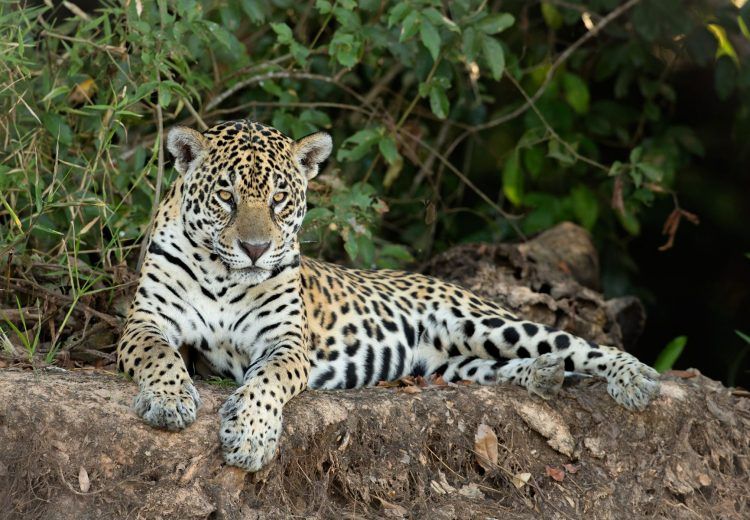
South America (including Galapagos)
August-September 2024
BRAZIL’S PANTANAL: JAGUARS AND SO MUCH MORE – South America’s best wildlife photography destination
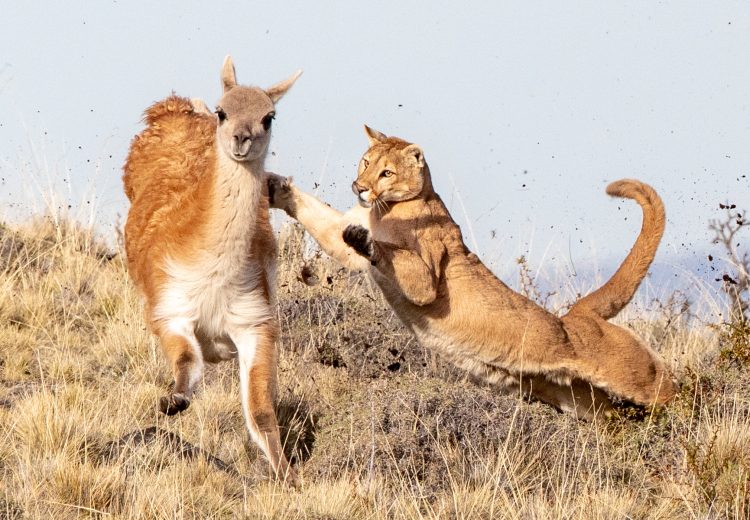
South America (including Galapagos)
August-September 2024
CHILE: WALKING WITH PUMAS – An Extraordinary Photographic Adventure at Torres del Paine
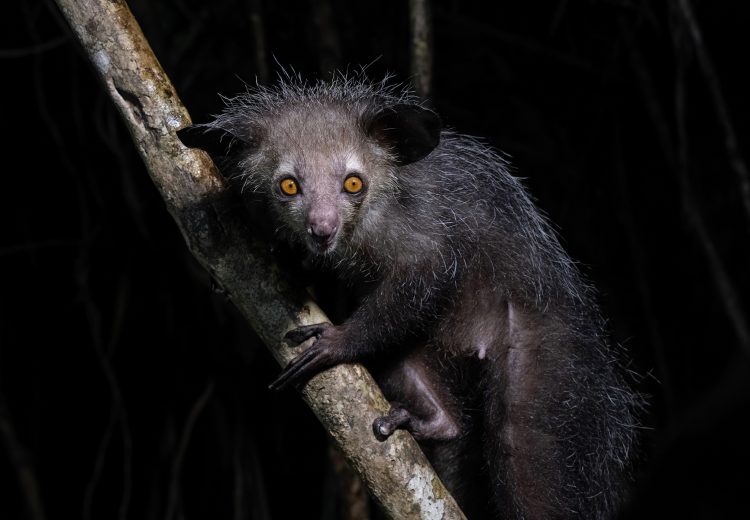
Madagascar
October 2024
MADAGASCAR: A WORLD APART – The Natural Curiosities of the ‘Eighth Continent’
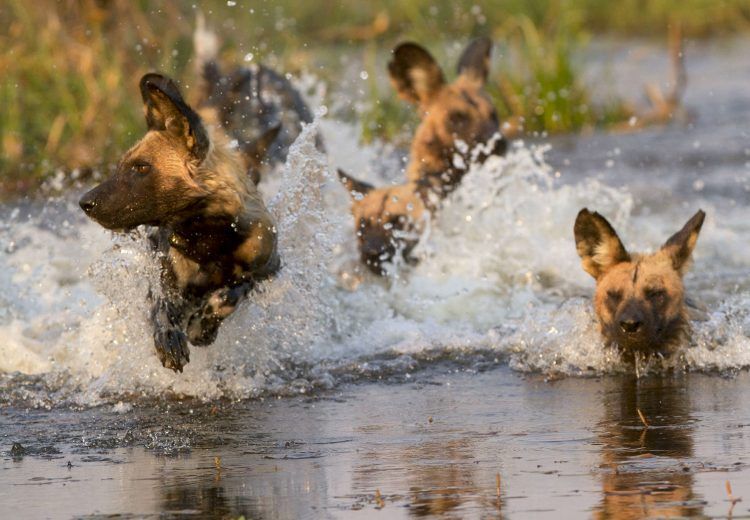
Botswana & The Okavango
November 2024
BOTSWANA: WILDLIFE SPECTACULAR – The photographic wonders of the Okavango and Chobe
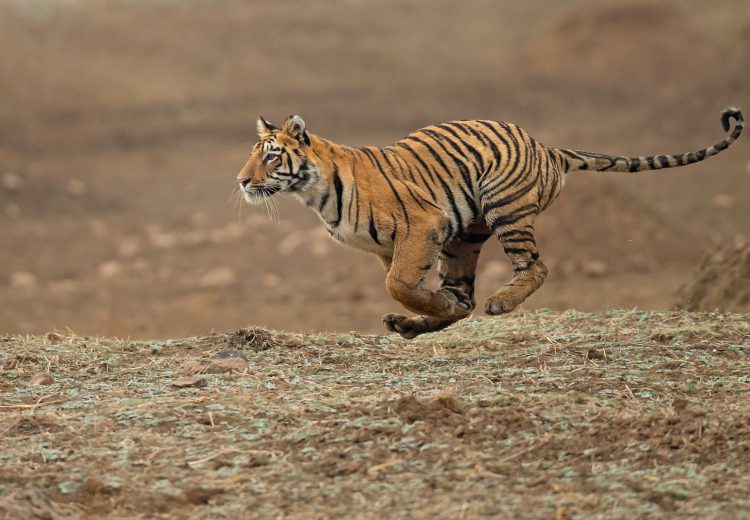
India
March-April 2025































































